https://www.wfmt.com/math-in-music/
ABOUT
Dr. Eugenia Cheng shows everyone a way in, enhancing our understanding and enjoyment of both music and math. Math and the inner workings of music can seem mysterious and intimidating. In this fun explainer series, Dr. Eugenia Cheng shows everyone a way in, enhancing our understanding and enjoyment of both music and math.
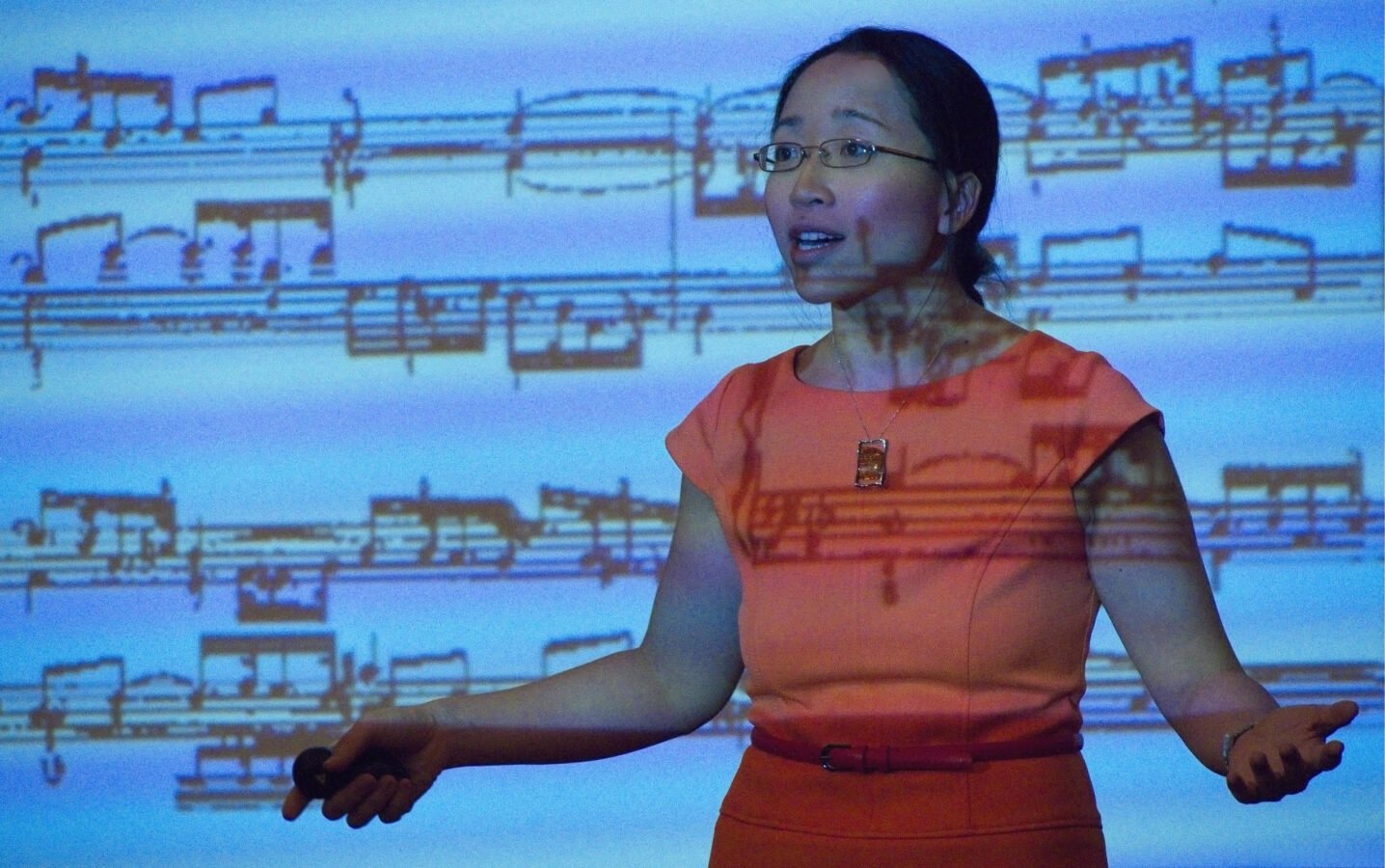
Photo: Eugenia Cheng. Paul Crisanti, PhotoGetGo
1Feeling the Commutativity of Multiplication
Host Eugenia Cheng demonstrates how composers like Bernstein, Dvořák, Bach, and Debussy used multiplication in rhythmic commutations, and how they used math to evoke feelings in their music.
2Finding Clarity with Math
Volume 90%
Music is not just about pitch and sound, but how the relationship between them affects the listener. Host Eugenia Cheng demonstrates how math helps us find clarity in music.
3Math to Build New Ideas
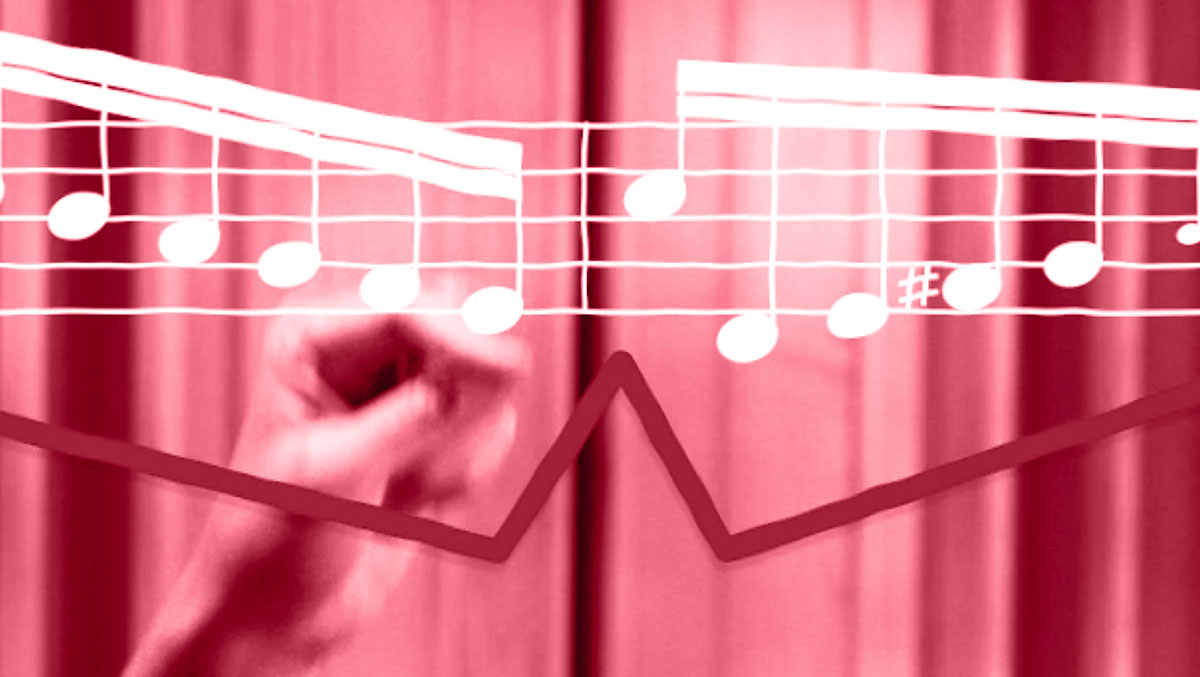
Using examples from Bach and Schumann, host Eugenia Cheng explains how changing direction – flipping a melody upside down or inside out – has helped composers turn a simple idea into a richer and more complex composition.
4Symmetry in Music
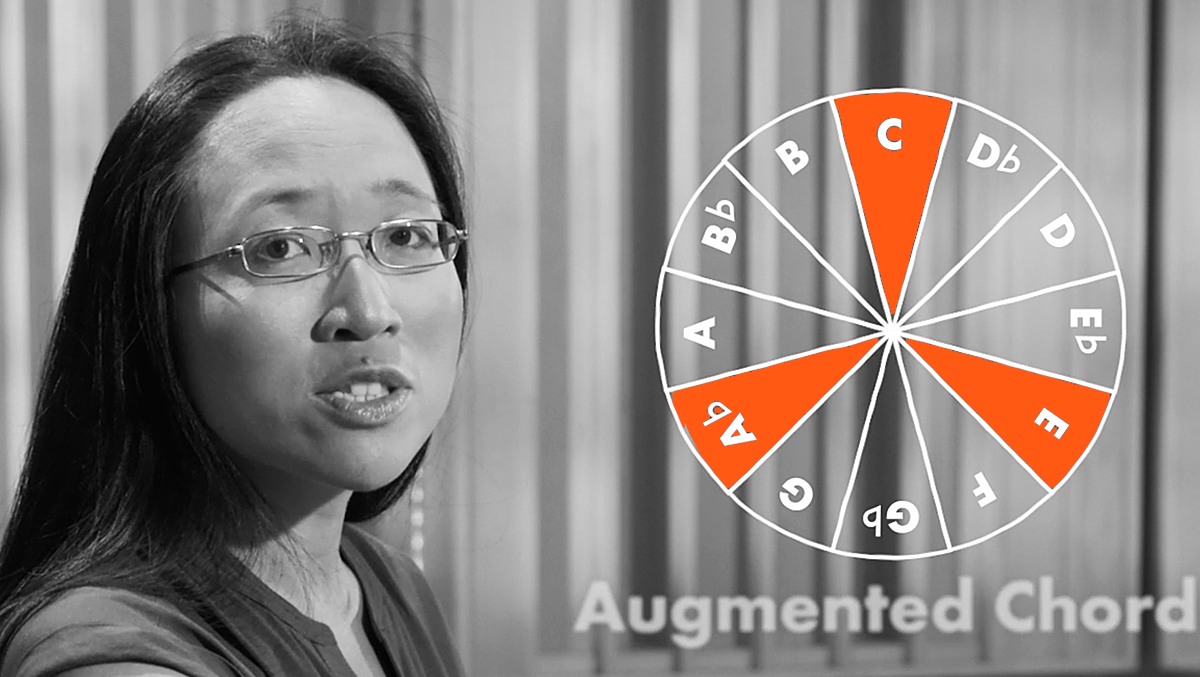
Debussy, Schubert, and Wolf used scales in a variety of ways to tell musical stories. Host Eugenia Cheng demonstrates how the use of symmetry in a music composition can give it a particular feeling.
5Fractions Give Us Feelings!
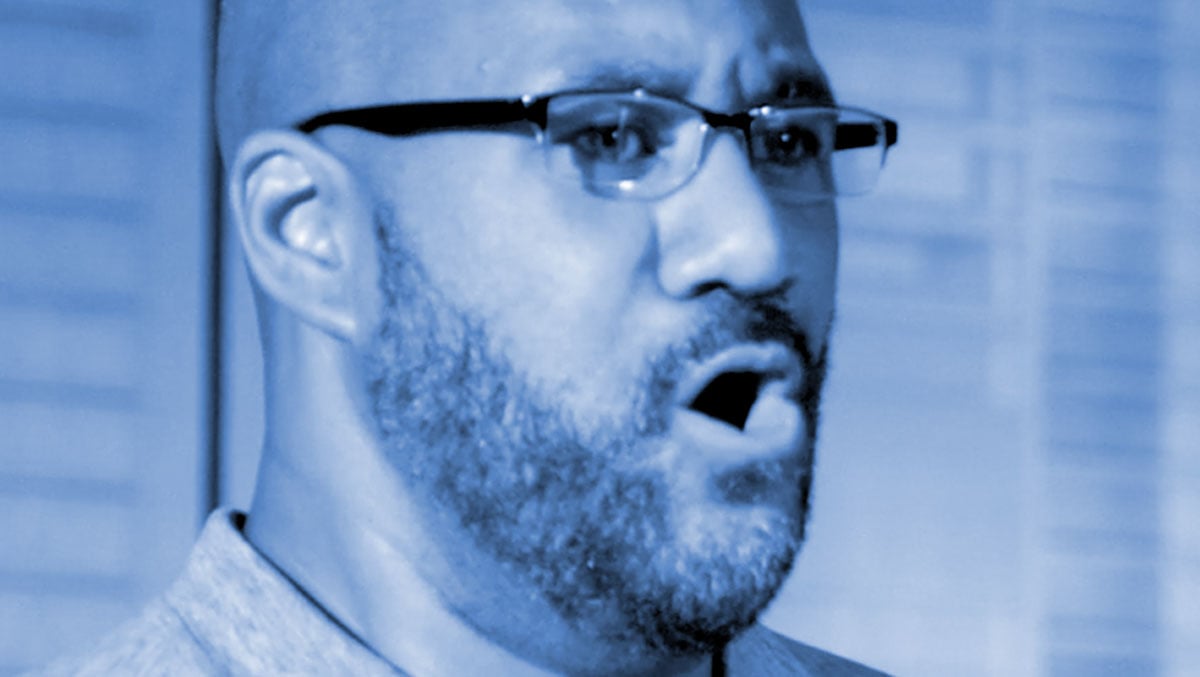
Rhythmic patterns in music can influence the listener's feelings. Host Eugenia Cheng shows us how incorporating different fractions in rhythm can shift the mood of a piece from snappy to dreamy.
6Math Only Gets Us So Far
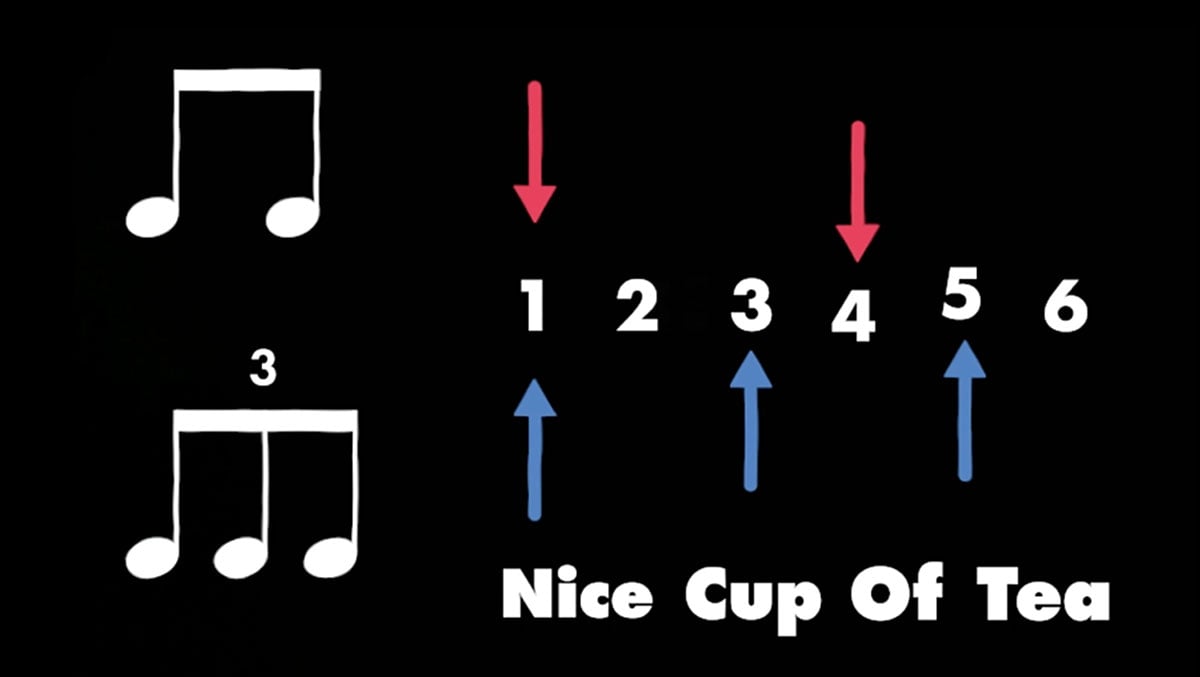
Host Eugenia Cheng explains cross rhythms and what they have to do with a “nice cup of tea.” Also, how math can only show us how a piece is supposed to be played… it is the performer feeling it that makes it work.
7Musical Machines!
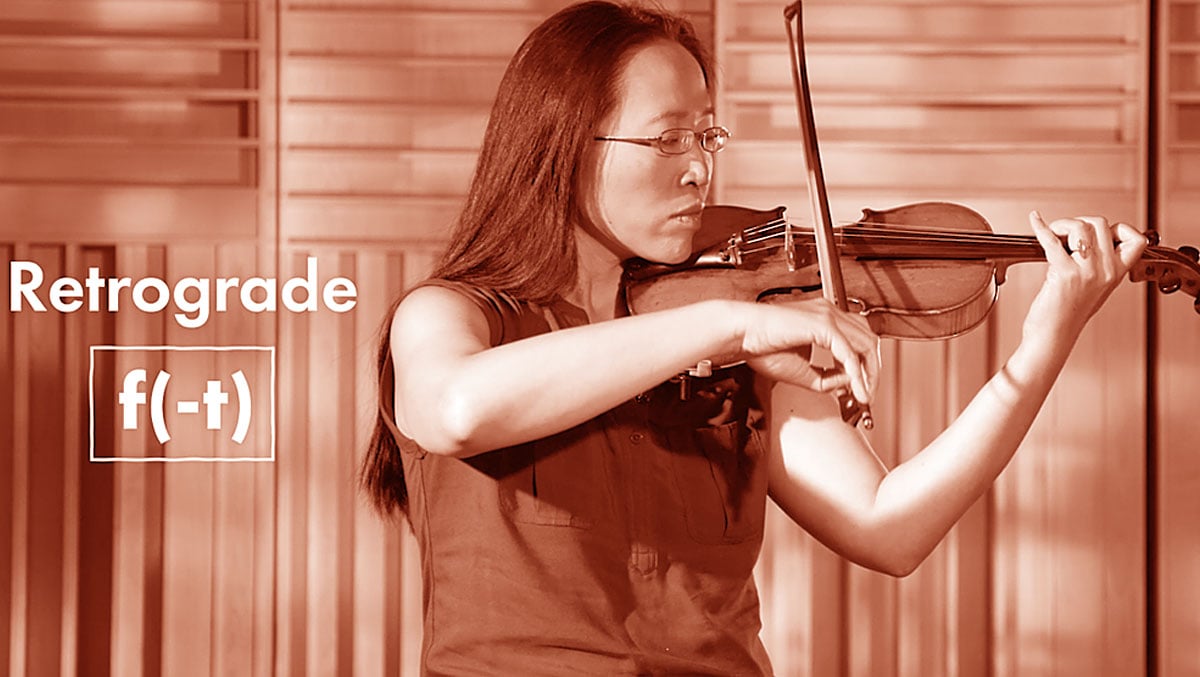
Music can be regarded as a function of time, and we can express transformations of music as related functions. Host Eugenia Cheng demonstrates how she used transformations to create her own “musical machine.”
8Math Can Also Sound Bad
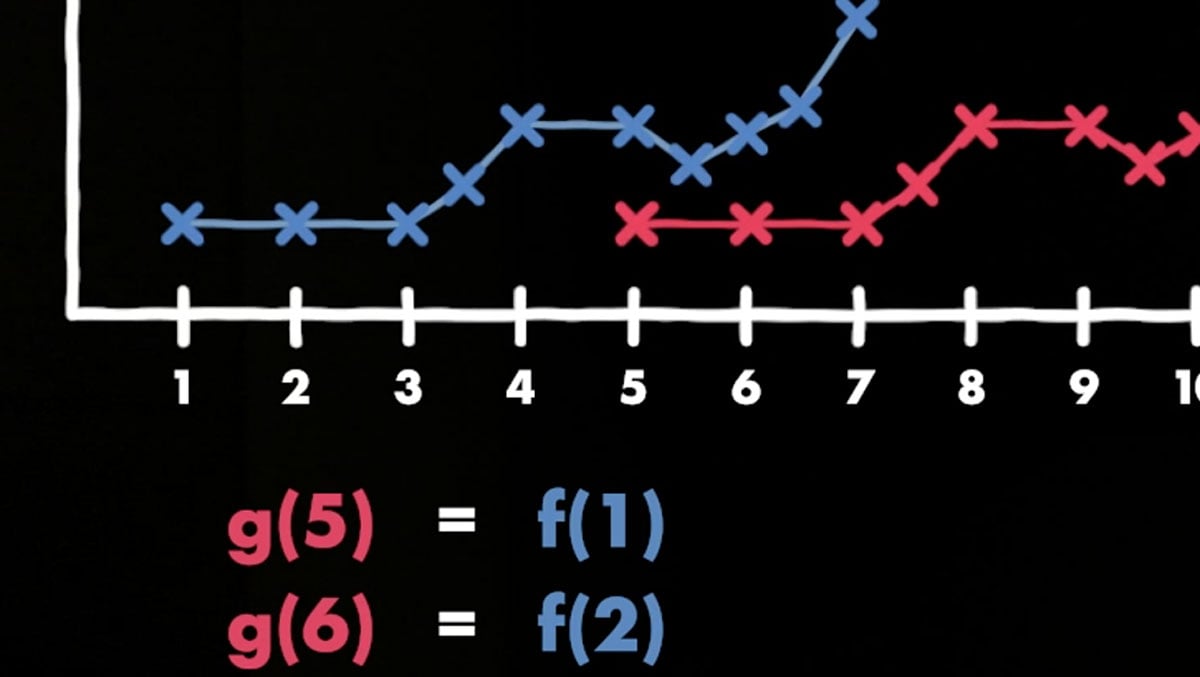
Canons, or rounds, can go on forever if more voices keep joining in. Host Eugenia Cheng demonstrates how applying different mathematical transformations can make a canon more interesting, but won’t ensure that it will sound good.
9Harmonics as Special Effects
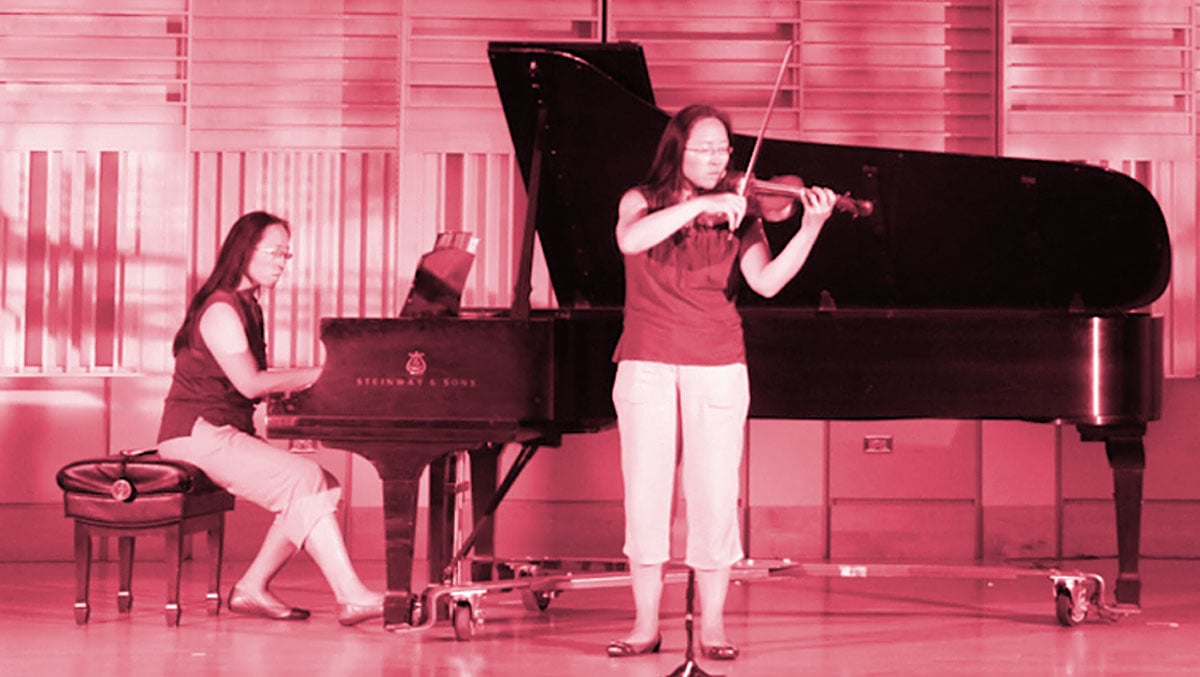
There is a harmonic series in music based on the one in math. Host Eugenia Cheng demonstrates how the use of harmonics on strings (even in a piano) and the voice are used by composers deliberately, for special effects.
10Doing Math Unconsciously
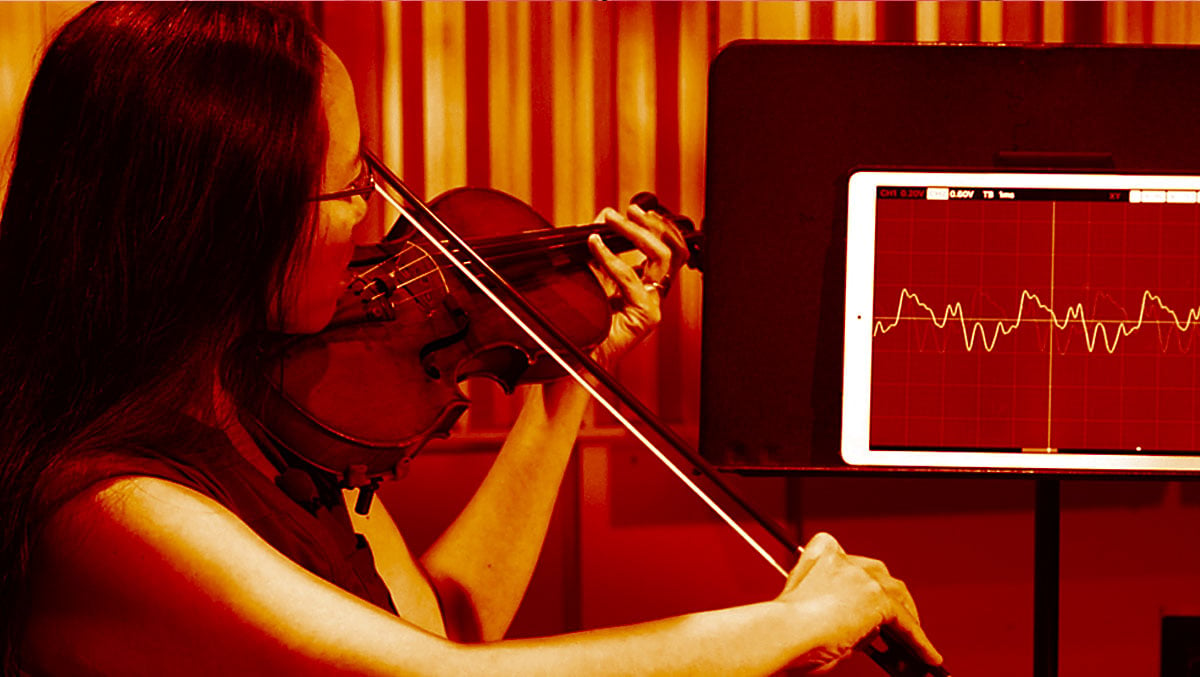
Host Eugenia Cheng outlines the differences between pitch, frequency, and timbre, and uses an oscilloscope to illustrate the “shape” of the soundwaves a singer produces and how it affects the sound others hear. Musicians are doing math even when they don’t realize it.
11The Devil in Music
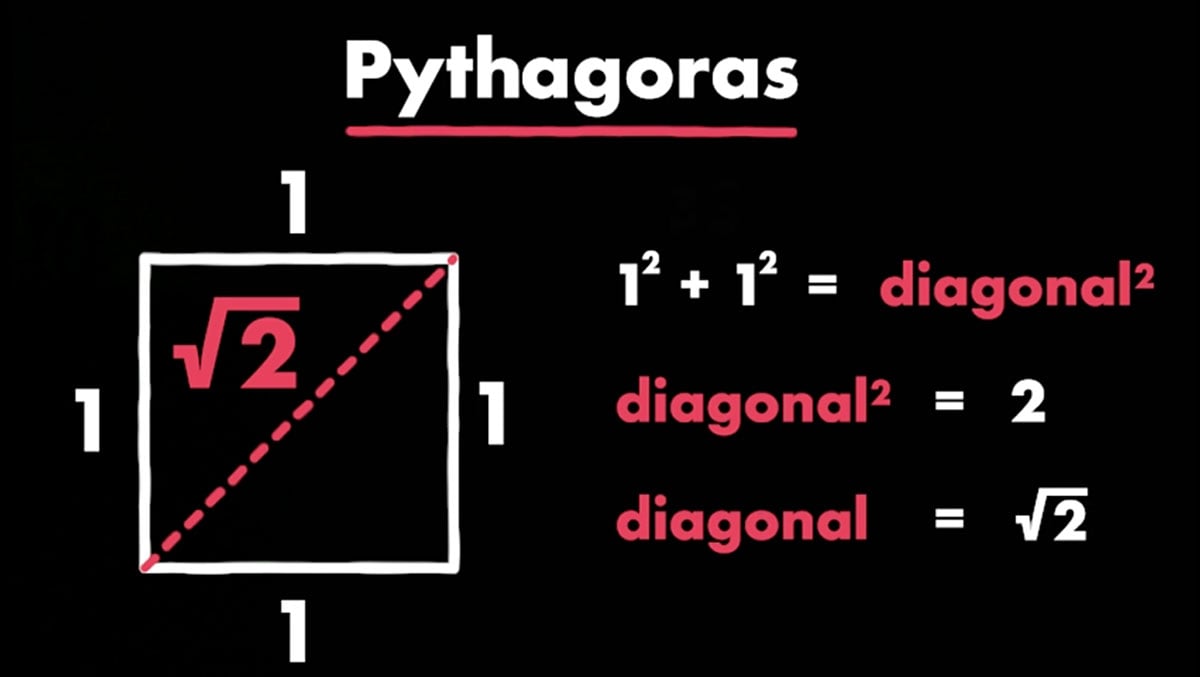
The tritone is also known as “the devil in music” because it’s so dissonant. Host Eugenia Cheng explains how Bach used it, and math, to achieve his goal of composing music in every key.

No comments:
Post a Comment